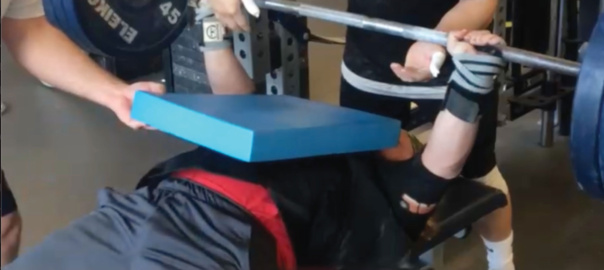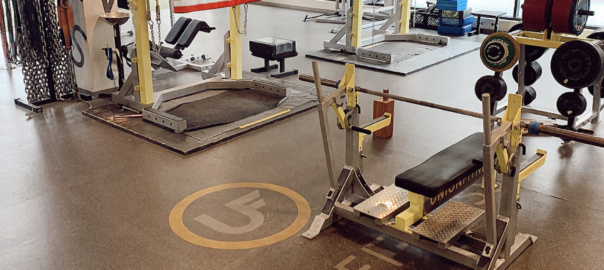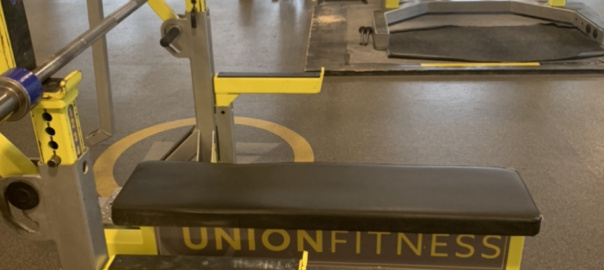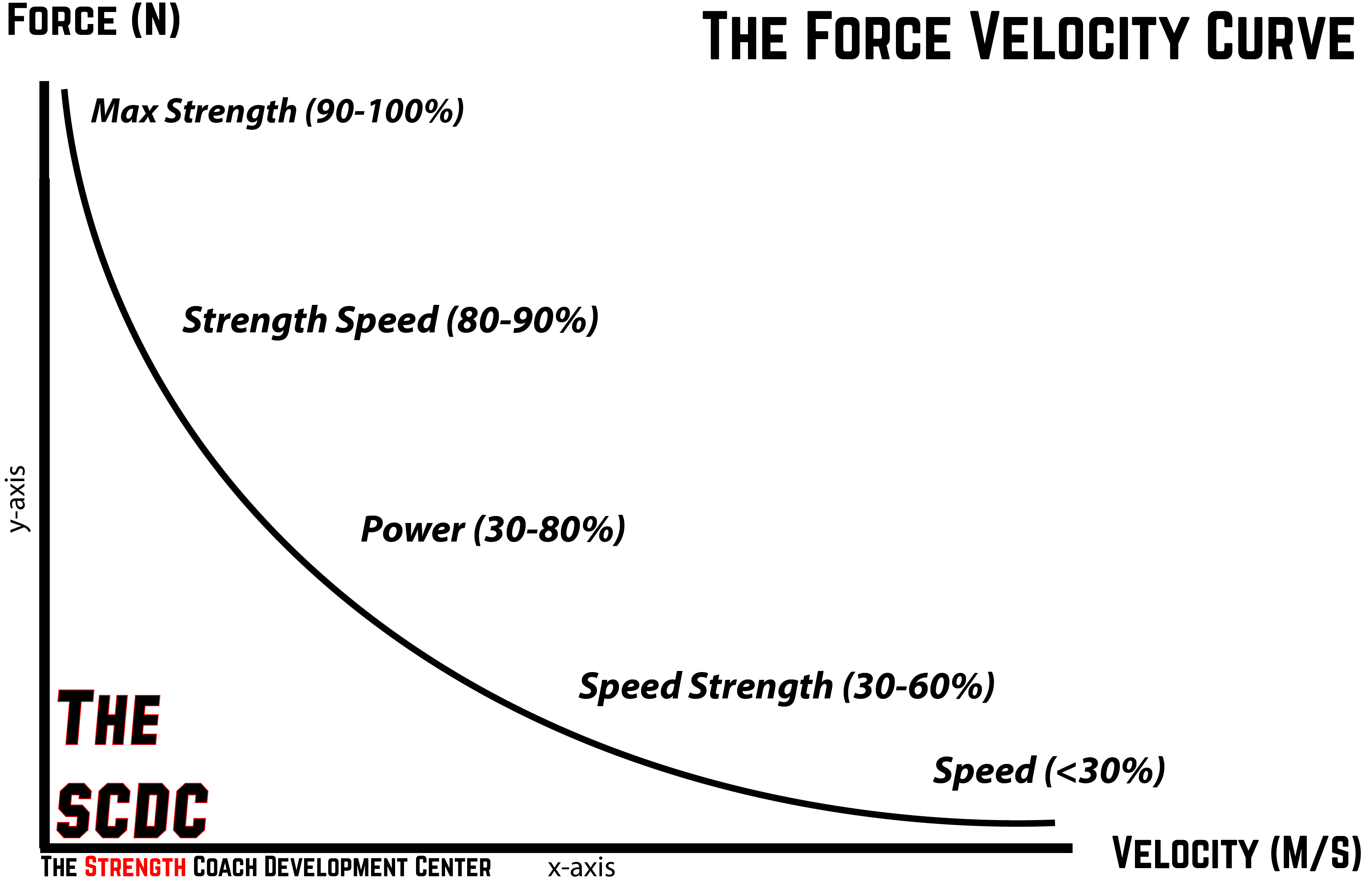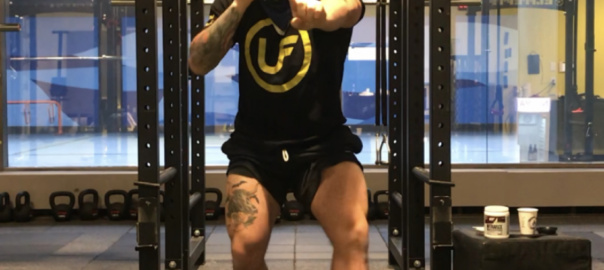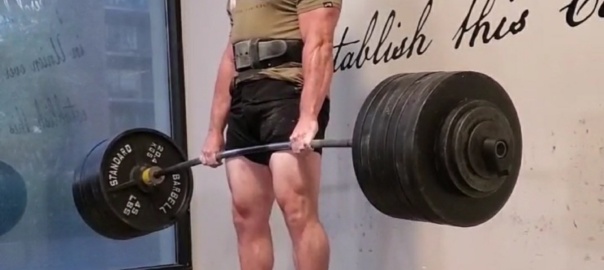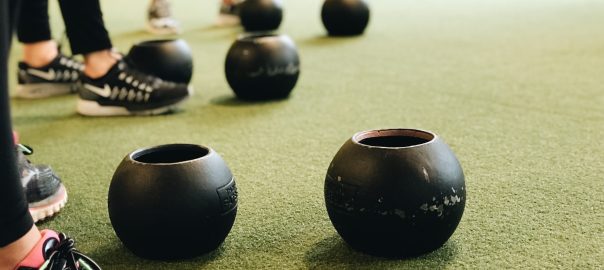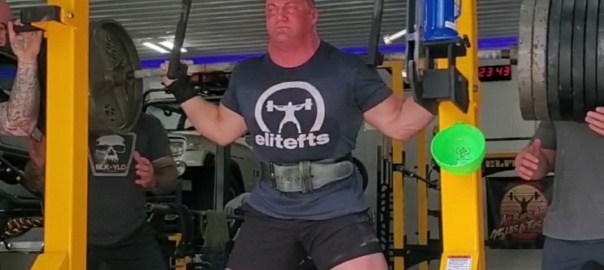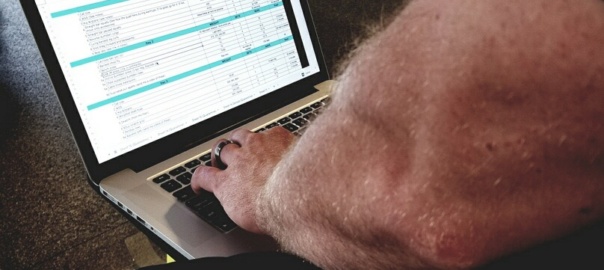A long time ago Saturday Night Live had a skit called “How Much Ya Bench?” This as a Chris Farley classic. It was just a bunch of meatheads talking about bench press and all things meathead. This skit is now over 20 years old and I still love it. I love it for many reasons, first reason is that it’s funny. Yet, the second reason I love to watch it is to see how far lifters have come. I remember 20+ years ago the bench was the lift everyone talked about. At Push/Pull events there were many more benchers than deadlifters. Today it is quite the opposite.
Lifting in the 1990’s and into the 2000’s was dominated by bench press and men. Today meets will have people deadlifting, squatting, and women crushing big weights. What we see is that lifting has progressed far beyond where it was 2 decades ago. It is now usual to see a meet that has even numbers of males and females. Also, deadlift numbers have exploded. Lifters are stronger, healthier, and look much better.
My point to all of this takes me back to one of my favorite quotes.
“It is not the strongest of the species that survives, nor the most intelligent that survives. It is the one that is most adaptable to change.” Charles Darwin
As a lifter if you wish to move forward then you MUST adjust to the sport. I often hear lifters talk about how it used to be. Yes, I have great memories of “how it used to be,” it is great to recall some great times. I remember competing against and amongst some legends and I look back positively on those times. Now, I have been passed by many young lifters and I have even learned from them. I am still trying to adapt. This takes me to one other quote that I try to live by.
“We do not inherit the earth from our ancestors; we borrow it from our children.” Oscar Wilde
Morale to my story is that we must keep moving forward as well learning from and leaning on the people younger than us. Improvise, Adapt, and Overcome.
